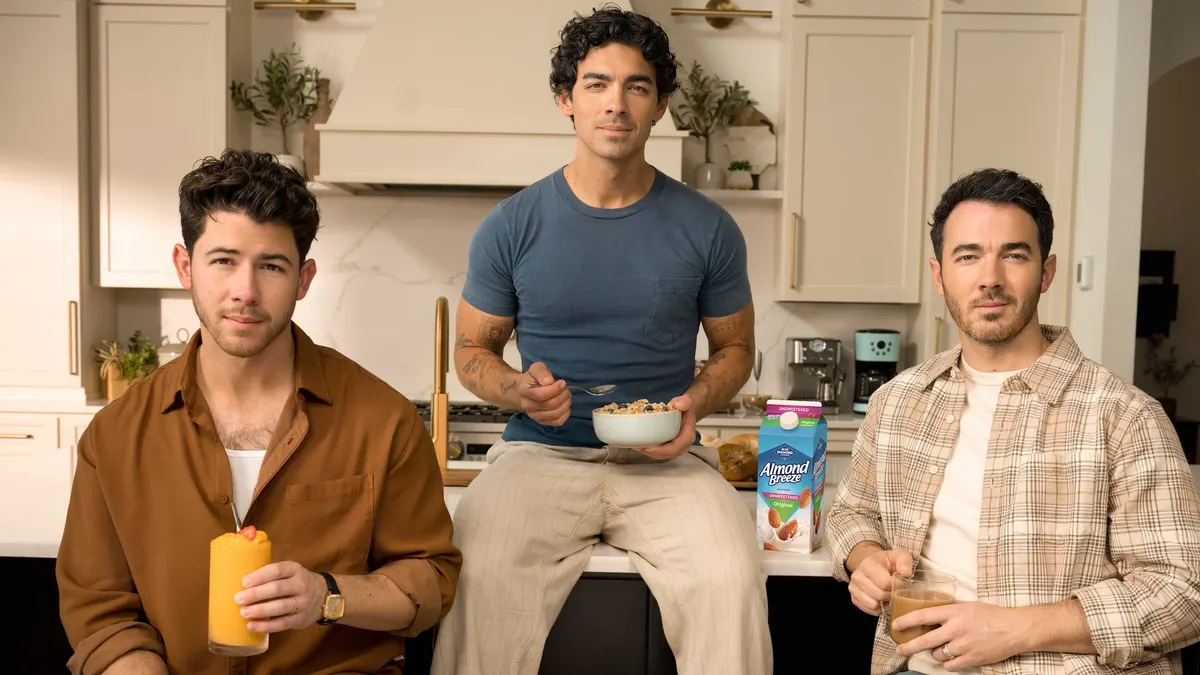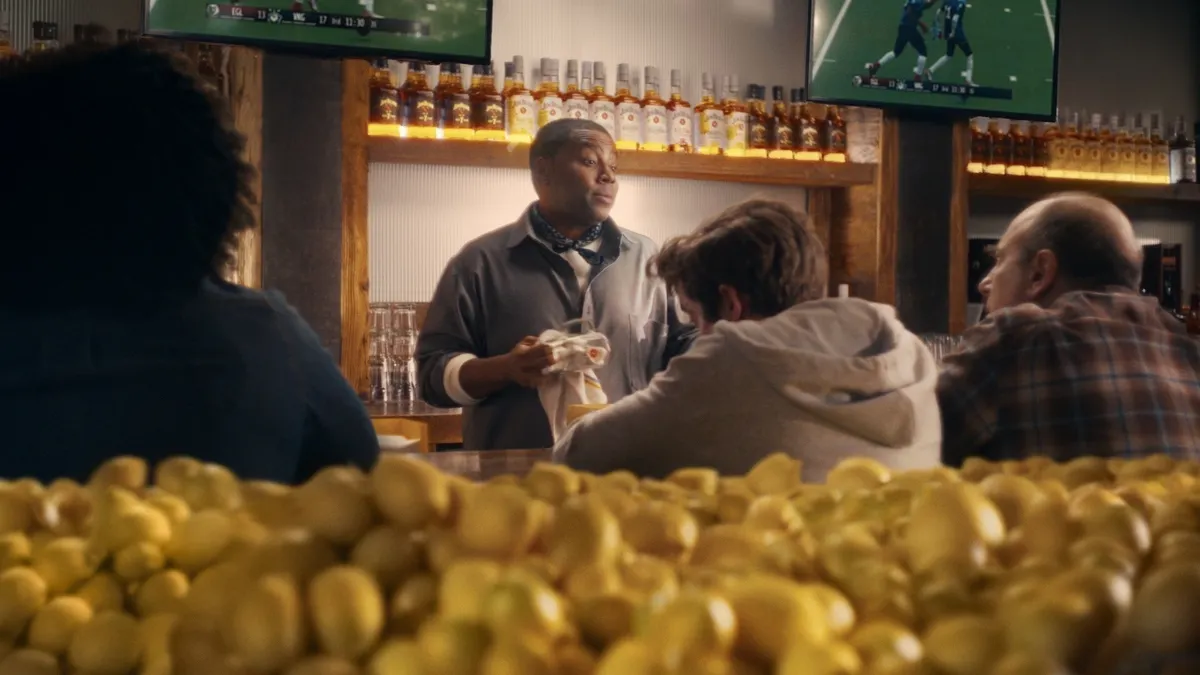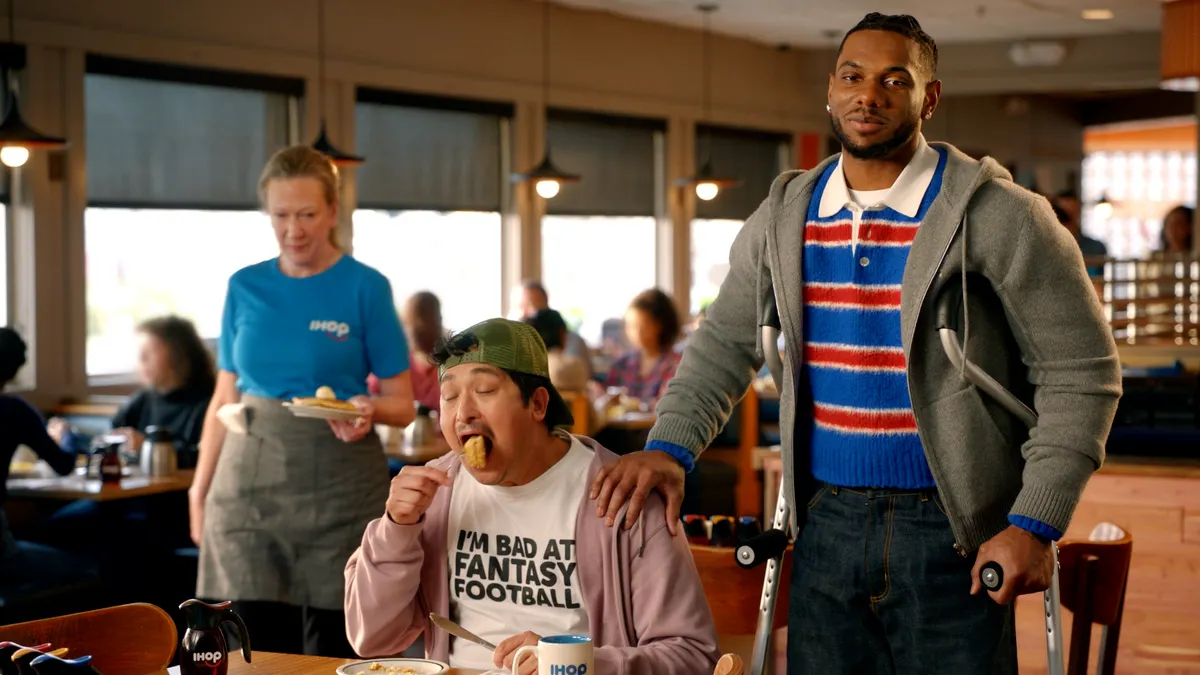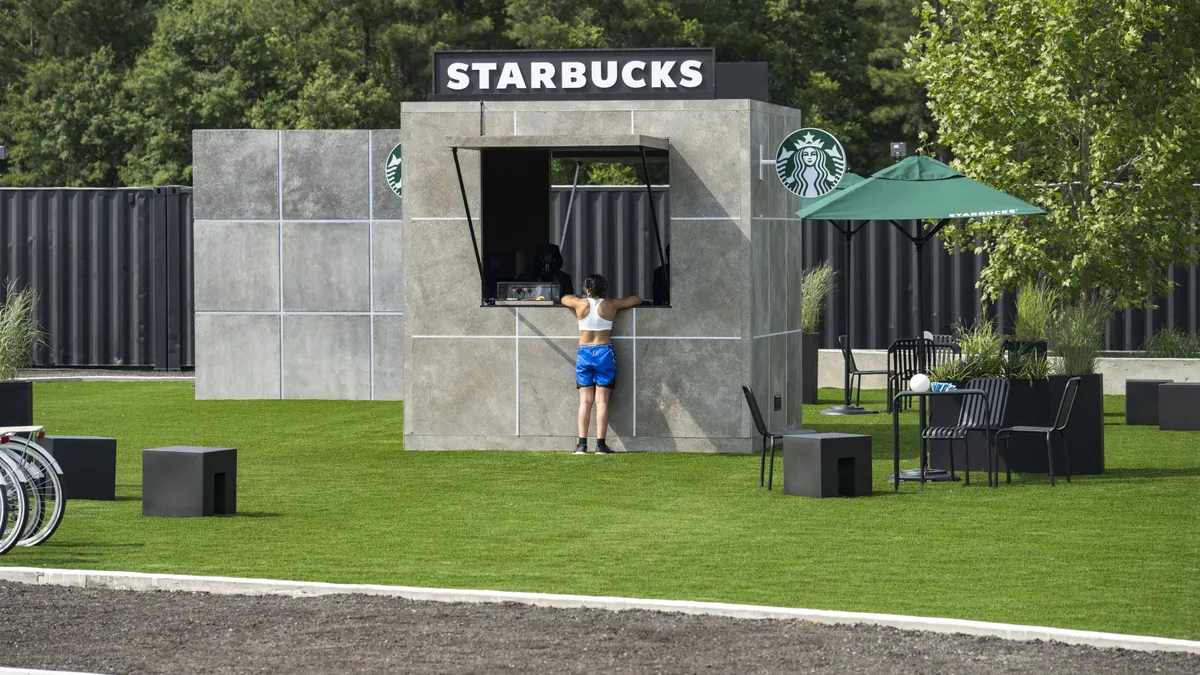While retail and CPG brands have prepared for an unprecedented holiday season due to the coronavirus pandemic, they aren't alone: Quick-service restaurants (QSRs) also must gird themselves for the pandemic's effects on their businesses around the holidays — just as parts of the sector were seeing signs of recovery. For example, industry leader McDonald's comparable store sales in the U.S. dipped 8.7% during the second quarter, but rose 4.6% the following quarter.
But less travel and in-person shopping could mean fewer moments for fast food, forcing brands to get creative with their marketing as they attempt to tap into the holiday spirit while grappling with spikes in coronavirus cases. Two drivers of success for QSRs have been location — putting outlets in high-traffic areas and letting traffic drive business — and marketing. For brands that relied on the former, this holiday season could bring a lump of goal.
"Imagine QSRs around malls and shopping locations: Black Friday is going to be materially different this year. Ambient traffic is not going to be there," said Dennis Becker, chairman and CEO of mobile marketing provider Mobivity.
Changes in consumer behaviors caused and accelerated by the pandemic continue to affect not just QSRs but all businesses, making direct relationships with individuals even more crucial, especially through mobile channels like loyalty programs and text messaging.
Brands like Chipotle and Sonic that have built direct relationships with digital audiences are not as beholden to ambient foot or car traffic that may be sparse this holiday season, and their ability to engage consumers whenever and wherever they are to jump into meal-time decision-making is likely to spur sales.
Following Thanksgiving, however, engaging consumers throughout the holiday season gets more complicated, as religious differences and consumer attitudes create varied personas — a personalization challenge Becker doesn't think many brands are ready to face.
"This is an opportunity for brands, but the margin for error has never been smaller," Becker explained, as the pandemic's effects drive down ad budgets and make ROI even more important. "But the ability to weave in seasonal disposition and the spirit of consumers in direct marketing engagements is a huge opportunity."
Creating special products and moments
For some brands, the holiday season is an opportunity to be creative with product offerings. Items like Dunkin's DIY Donut Kits, released during the early weeks of the pandemic to give children an at-home activity, could be repurposed as gifts this winter. In the casual restaurant space, Red Lobster has released limited-edition gift boxes filled with the brand's popular Cheddar Bay Biscuits. Perhaps most creatively, White Castle turned a 30-year-old recipe for Thanksgiving stuffing that uses its iconic sliders as an ingredient into the centerpiece of a holiday campaign featuring '90s rapper Coolio and YouTube influencer Tim Chantarangsu. But bringing the QSR product to the holiday dinner table is not usually a good fit.
"There's a lot of looking at menus and what [restaurants] can do to provide a holiday experience," said Jim Williams, CEO of menu management firm MustHaveMenus. "Big chains may have to get even more creative."
For other brands, holiday products — like Starbucks' line of seasonal favorites — remain incredibly popular, especially if they offer a break from the norm during a stressful season. And while the holiday shopping timeframe will continue moving from in-person to online, QSR brands can still offer a post-shopping treat, especially as gift-giving decisions are further complicated by the inability to see or try products in stores, according to Nic Climer, executive creative director at agency Rapp.
"Brands that create a place in time that consumers can look forward to something can be hugely effective," Climer said.
Holiday spirit, but COVID-19 looms
Messaging during the pandemic continues to be a challenge for brands, especially as COVID-19 cases spike across the country. For QSRs, that means balancing messages about pandemic-related safety in their restaurants and kitchens with the holiday spirit consumers crave as they seek a return to some sort of normalcy this winter.
During the pandemic, the search for appropriate campaign imagery — without too many people too close together, for example — has been a struggle, Climer said. But the holiday season and news about possible coronavirus vaccines could again alter marketing messages.
"The hope of a vaccine … changes the way we can start marketing," Climer said. "I'm asking my team to start being a little more hopeful and optimistic. It's okay to show people interacting without masks on, but let's be cognizant about it, let's not overdo it."
With expected changes to traffic, consumer behaviors and marketing tone, this holiday season may be a challenge for QSRs. But it's also an opportunity for brands to build on their consumer relationships through digital channels, get creative with product offerings and be cautiously optimistic in messaging.
"Everybody wants to get through winter and everybody needs to do good holiday business to make that work," Williams said. "People are going to ask, 'How are we going to make this special?' and restaurants will need to answer that question."



















